Audi 2013 Annual Report Download - page 186
Download and view the complete annual report
Please find page 186 of the 2013 Audi annual report below. You can navigate through the pages in the report by either clicking on the pages listed below, or by using the keyword search tool below to find specific information within the annual report.-
 1
1 -
 2
2 -
 3
3 -
 4
4 -
 5
5 -
 6
6 -
 7
7 -
 8
8 -
 9
9 -
 10
10 -
 11
11 -
 12
12 -
 13
13 -
 14
14 -
 15
15 -
 16
16 -
 17
17 -
 18
18 -
 19
19 -
 20
20 -
 21
21 -
 22
22 -
 23
23 -
 24
24 -
 25
25 -
 26
26 -
 27
27 -
 28
28 -
 29
29 -
 30
30 -
 31
31 -
 32
32 -
 33
33 -
 34
34 -
 35
35 -
 36
36 -
 37
37 -
 38
38 -
 39
39 -
 40
40 -
 41
41 -
 42
42 -
 43
43 -
 44
44 -
 45
45 -
 46
46 -
 47
47 -
 48
48 -
 49
49 -
 50
50 -
 51
51 -
 52
52 -
 53
53 -
 54
54 -
 55
55 -
 56
56 -
 57
57 -
 58
58 -
 59
59 -
 60
60 -
 61
61 -
 62
62 -
 63
63 -
 64
64 -
 65
65 -
 66
66 -
 67
67 -
 68
68 -
 69
69 -
 70
70 -
 71
71 -
 72
72 -
 73
73 -
 74
74 -
 75
75 -
 76
76 -
 77
77 -
 78
78 -
 79
79 -
 80
80 -
 81
81 -
 82
82 -
 83
83 -
 84
84 -
 85
85 -
 86
86 -
 87
87 -
 88
88 -
 89
89 -
 90
90 -
 91
91 -
 92
92 -
 93
93 -
 94
94 -
 95
95 -
 96
96 -
 97
97 -
 98
98 -
 99
99 -
 100
100 -
 101
101 -
 102
102 -
 103
103 -
 104
104 -
 105
105 -
 106
106 -
 107
107 -
 108
108 -
 109
109 -
 110
110 -
 111
111 -
 112
112 -
 113
113 -
 114
114 -
 115
115 -
 116
116 -
 117
117 -
 118
118 -
 119
119 -
 120
120 -
 121
121 -
 122
122 -
 123
123 -
 124
124 -
 125
125 -
 126
126 -
 127
127 -
 128
128 -
 129
129 -
 130
130 -
 131
131 -
 132
132 -
 133
133 -
 134
134 -
 135
135 -
 136
136 -
 137
137 -
 138
138 -
 139
139 -
 140
140 -
 141
141 -
 142
142 -
 143
143 -
 144
144 -
 145
145 -
 146
146 -
 147
147 -
 148
148 -
 149
149 -
 150
150 -
 151
151 -
 152
152 -
 153
153 -
 154
154 -
 155
155 -
 156
156 -
 157
157 -
 158
158 -
 159
159 -
 160
160 -
 161
161 -
 162
162 -
 163
163 -
 164
164 -
 165
165 -
 166
166 -
 167
167 -
 168
168 -
 169
169 -
 170
170 -
 171
171 -
 172
172 -
 173
173 -
 174
174 -
 175
175 -
 176
176 -
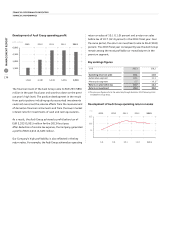 177
177 -
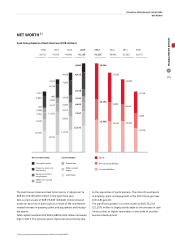 178
178 -
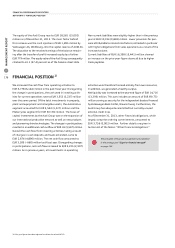 179
179 -
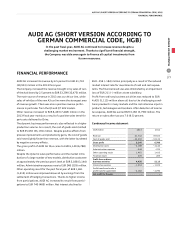 180
180 -
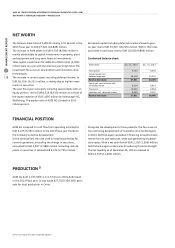 181
181 -
 182
182 -
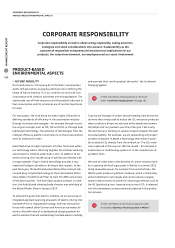 183
183 -
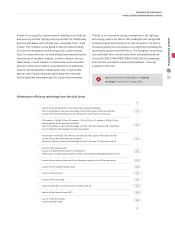 184
184 -
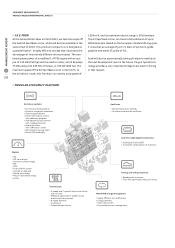 185
185 -
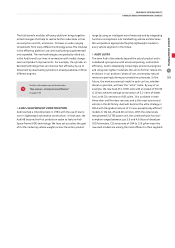 186
186 -
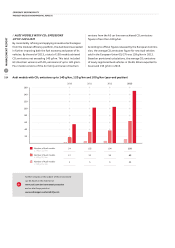 187
187 -
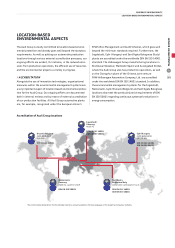 188
188 -
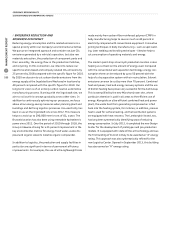 189
189 -
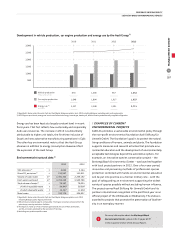 190
190 -
 191
191 -
 192
192 -
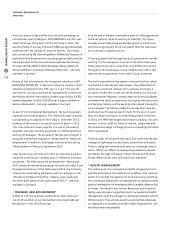 193
193 -
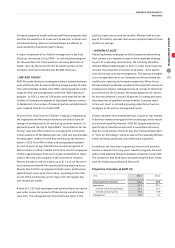 194
194 -
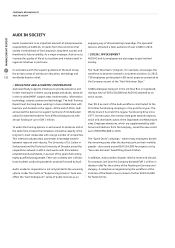 195
195 -
 196
196 -
 197
197 -
 198
198 -
 199
199 -
 200
200 -
 201
201 -
 202
202 -
 203
203 -
 204
204 -
 205
205 -
 206
206 -
 207
207 -
 208
208 -
 209
209 -
 210
210 -
 211
211 -
 212
212 -
 213
213 -
 214
214 -
 215
215 -
 216
216 -
 217
217 -
 218
218 -
 219
219 -
 220
220 -
 221
221 -
 222
222 -
 223
223 -
 224
224 -
 225
225 -
 226
226 -
 227
227 -
 228
228 -
 229
229 -
 230
230 -
 231
231 -
 232
232 -
 233
233 -
 234
234 -
 235
235 -
 236
236 -
 237
237 -
 238
238 -
 239
239 -
 240
240 -
 241
241 -
 242
242 -
 243
243 -
 244
244 -
 245
245 -
 246
246 -
 247
247 -
 248
248 -
 249
249 -
 250
250 -
 251
251 -
 252
252 -
 253
253 -
 254
254 -
 255
255 -
 256
256 -
 257
257 -
 258
258 -
 259
259 -
 260
260 -
 261
261 -
 262
262 -
 263
263 -
 264
264 -
 265
265 -
 266
266 -
 267
267 -
 268
268 -
 269
269 -
 270
270 -
 271
271 -
 272
272 -
 273
273 -
 274
274 -
 275
275 -
 276
276 -
 277
277 -
 278
278 -
 279
279 -
 280
280 -
 281
281 -
 282
282 -
 283
283 -
 284
284 -
 285
285 -
 286
286 -
 287
287 -
 288
288 -
 289
289 -
 290
290 -
 291
291 -
 292
292 -
 293
293 -
 294
294 -
 295
295 -
 296
296 -
 297
297
 |
 |

CORPORATE RESPONSIBILITY
PRODUCT-BASED ENVIRONMENTAL ASPECTS
MANAGEMENT REPORT
183
A
The Audi brand’s modular efficiency platform brings together
all technologies that help to realize further reductions in fuel
consumption and CO2 emissions. It draws on wide-ranging
components from many different technology areas. The modules
in the efficiency platform are continually being supplemented
and expanded. The new technologies are gradually rolled out
in the Audi brand’s car lines in connection with model change-
overs and product improvements. For example, the cylinder on
demand technology that can improve fuel efficiency by up to
20 percent by deactivating cylinders is already available on three
different engines.
Further information can be found under
“New engines – driving fun and efficiency”
on page 159.
/
AUDI LIGHTWEIGHT CONSTRUCTION
Audi reached a milestone back in 1994 with the use of alumi-
num in lightweight automotive construction. In that year, the
Audi A8 became the first production sedan to feature Audi
Space Frame (ASF) technology. We have set ourselves the goal
of further reducing vehicle weights across the entire product
range by using an intelligent mix of materials and by integrating
functions and systems into trendsetting vehicle architectures.
We will position appropriate flagship lightweight models in
every vehicle segment in the future.
/
AUDI ULTRA
The term Audi ultra extends beyond the actual product and is
considered synonymous with all-encompassing, sustainable
efficiency. Audi is developing increasingly economical engines
and using ever-lighter materials. We aim to further reduce CO2
emissions in our products’ phase of use, and employ natural
resources sparingly during our production processes. In the
future, the most economical model in each car line, whether
diesel or gasoline, will bear the “ultra” name. By way of an
example, the new Audi A3 1.6 TDI ultra with an output of 81 kW
(110 hp) achieves average consumption of 3.2 liters of diesel
fuel, with CO2 emissions of 85 g/km. It is available in both
three-door and five-door versions and is the most economical
vehicle in the A3 family. Audi will build on the ultra strategy in
2014 with the gradual roll-out of 11 new, exceptionally efficient
models in the A4, A5 and A6 car lines. With the extensively
reengineered 2.0 TDI power unit, the combined-cycle fuel con-
sumption ranges between just 3.9 and 4.6 liters of diesel per
100 kilometers. CO2 emissions of 104 to 119 g/km mean the
new Audi models are among the most efficient in their segment.
